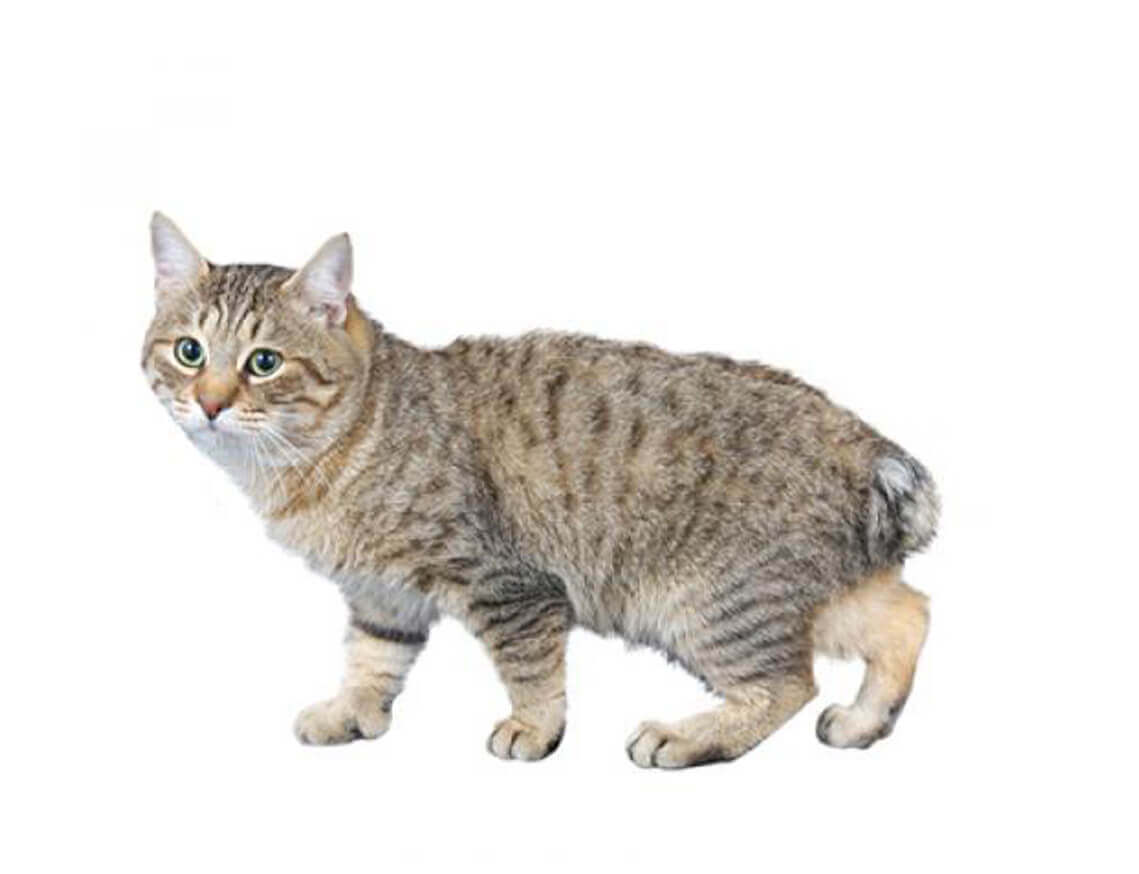
One of the oldest cat breeds, the Japanese Bobtail is believed to bring good luck and prosperity. The two coat varieties, longhair and shorthair, are exactly the same except for coat length. This delightfully mischievous feline enjoys a good game of fetch and likes to carry things in her mouth. A healthy breed that lives an average of 15 to 18 years, the Japanese Bobtail is social and particularly good with children.
DID YOU KNOW? In August 1968, Elizabeth Freret, a well-known Abyssinian breeder, imported three Japanese Bobtails to the U.S. These cats became the foundation stock in this country, though the Japanese Bobtail, the national cat breed of Japan, had existed for centuries in the Orient.
The need-to-know
- Playful and curious cat
- Sociable and dependent cat
- Somehow talkative cat
- Average build cat breed
- Requires grooming every day
- Needs some out-door space
- Great family cat
Personality

The Japanese Bobtail cat is friendly and intelligent. The breed is said to have a sweet nature and get on with most other animals and love human company. Some can learn tricks and do need to be kept amused and stimulated. It is a fairly talkative breed.
History and Origins

Country of Origin: Japan
The unique feature of the Japanese Bobtail cat is its tail. When the cat is relaxed and natural the tail looks like that of a rabbit, but it can be unfurled to a length of about 10 to 12 cm. In Japan, the breed can be traced back to the 8th century but it was not seen outside Japan until the 1960s when the shorthaired Japanese Bobtail cats were imported into America. The Japanese Bobtail cat has established a following in America and it is now a recognised breed and is widely shown in the USA. There are not many in the UK.
Nutrition and Feeding

Every cat is unique and each has their own particular likes, dislikes, and needs when it comes to food. However, cats are carnivores and every cat must obtain 41 different and specific nutrients from their food. The proportion of these nutrients will vary depending on age, lifestyle and overall health, so it's not surprising that a growing, energetic kitten needs a different balance of nutrients in her diet than a less active senior cat. Other considerations to bear in mind are feeding the right quantity of food to maintain 'ideal body condition' in accordance with feeding guidelines and catering to individual preference regarding wet or dry food recipes.